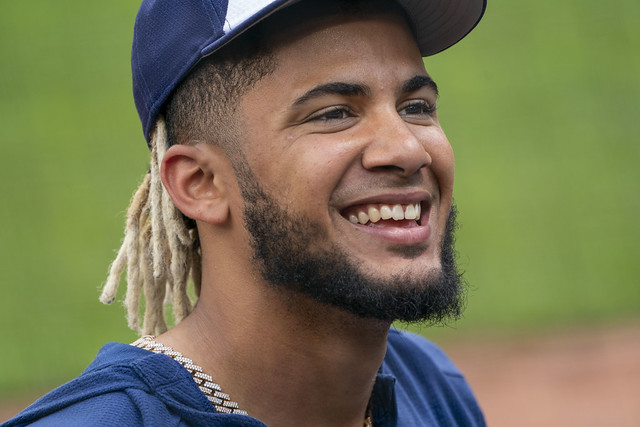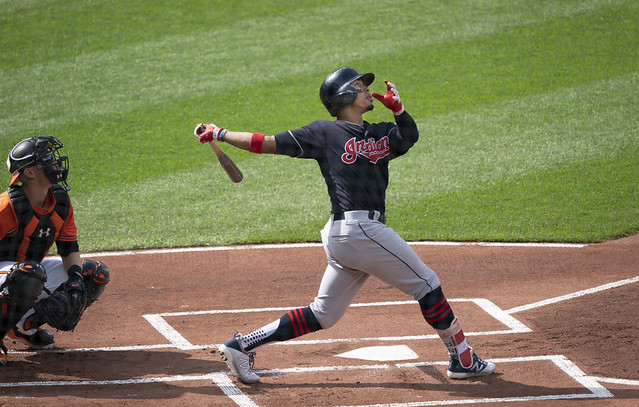Andrew Miller is Scuffling, and Also Great
Here’s a sentence that I didn’t think I’d be writing in 2019: Andrew Miller has accumulated -0.2 WAR this season. By FanGraphs’ version of WAR, he’s been less valuable than a replacement-level reliever. Here’s another sentence that makes a little more sense, but is at odds with the one I just wrote: Andrew Miller might be the Cardinals’ best reliever. Now, reliever performance is volatile and all, but we’re going to need an explanation. How can those two things be true at once?
Let’s start with Miller being below replacement level, because that would have been a surprising assertion before the year. Andrew Miller has faced 139 batters this season. He’s allowed eight home runs. 6% of his plate appearances have ended with the opposing batter trotting around the bases. That surely already sounds like a ton — indeed, Miller is second in the majors in home runs allowed per nine innings, behind only Josh Osich. You don’t need a sabermetric writer to tell you that’s bad.
As bad as 2.2 home runs per nine innings sounds, though, it might be underselling how wild Miller’s season has been on the home run front. Josh Osich is a great example of the kind of pitcher who normally leads the league in home runs allowed per nine. He’s a pitch-to-contact depth reliever who works by letting opponents put the ball in play and counting on his defense to make plays behind him. Now, that strategy mostly hasn’t worked — Osich has a career ERA of 5.11, and his FIP is 5.31, so it’s not as though he’s just been getting unlucky. Still, while Osich is homer-prone, he’s mostly just contact-prone, with the home runs a cost of doing business. Strike out only 19% of the batters you face, and there will be plenty of opportunities to give up home runs.
Andrew Miller’s case of the dingers isn’t like that at all. Miller is actually one of the least contact-prone pitchers in all of baseball this year. Only 51% of the batters he has faced have put the ball in play. That severely limits the opportunities they have to hit home runs. Osich, for comparison’s sake, has let 75% of batters put the ball in play. Miller is giving up home runs at a truly alarming rate considering how few opportunities he gives batters to put a ball in play. Read the rest of this entry »






